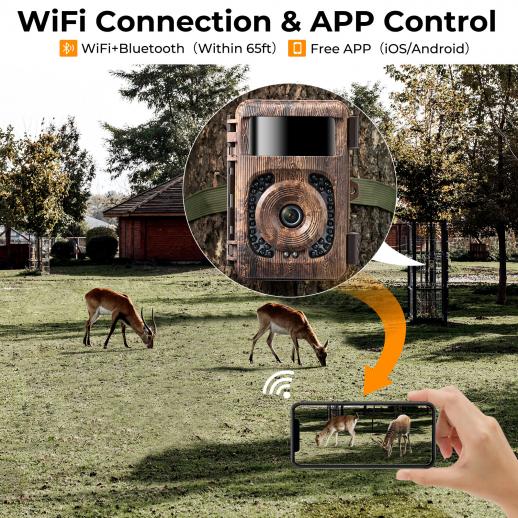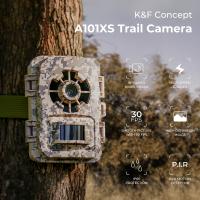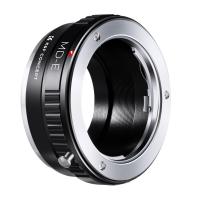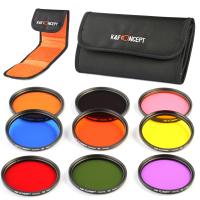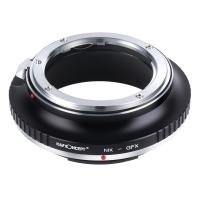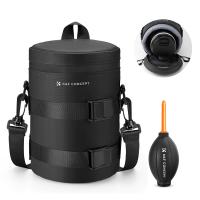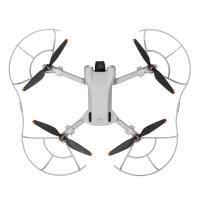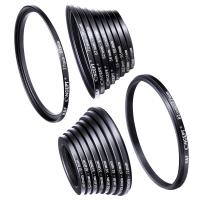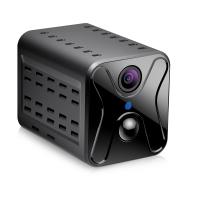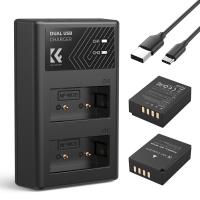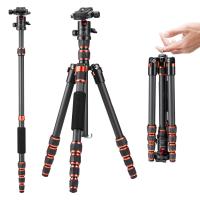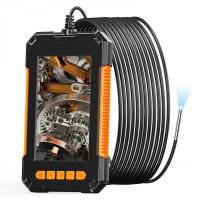Good Quality Trail Camera
- 00 days
- :
- 13 hours
- :
- 58 min
- :
- 31 sec
- * KF35.133 =KF35.127S1=KF35.127V1+KF28.0011*2+KF42.0013 Low power consumption for longer battery life:The trail camera has a sleep current of about 0.20mA, which ensures that the camera consumes less power and has a longer battery life.
- * Easy to connect and control:The camera can be linked to a smartphone or tablet via Bluetooth or WIFI, making it easy to control and adjust settings remotely.
- * Versatile power options:The camera can be powered by 8PCS LR6(AA) alkaline batteries, which are readily available and easy to replace.
- * Convenient data transfer:The camera has a USB interface and a TF memory card socket, making it easy to transfer data to a computer or other device.
- * Suitable for various environments:The camera is designed for outdoor use and has a durable construction. It can be used in a variety of environments, making it suitable for a wide range of applications.
BUY 3 GET 15% OFF
A good quality trail camera is an outdoor camera that is designed to capture images and videos of wildlife or other outdoor activities. It is typically used by hunters, wildlife enthusiasts, and researchers to monitor animal behavior, track game, or study wildlife populations. A good quality trail camera should have high resolution, fast trigger speed, long battery life, and a durable and weather-resistant design. It should also have a wide detection range, a large storage capacity, and easy-to-use controls. Some of the best trail cameras on the market today include the Browning Strike Force Pro XD, the Reconyx HyperFire 2, and the Bushnell Trophy Cam HD Aggressor. These cameras offer advanced features such as high-definition video, wireless connectivity, and advanced motion detection technology. Whether you are a professional wildlife researcher or a casual outdoor enthusiast, a good quality trail camera can help you capture stunning images and videos of the natural world around you.
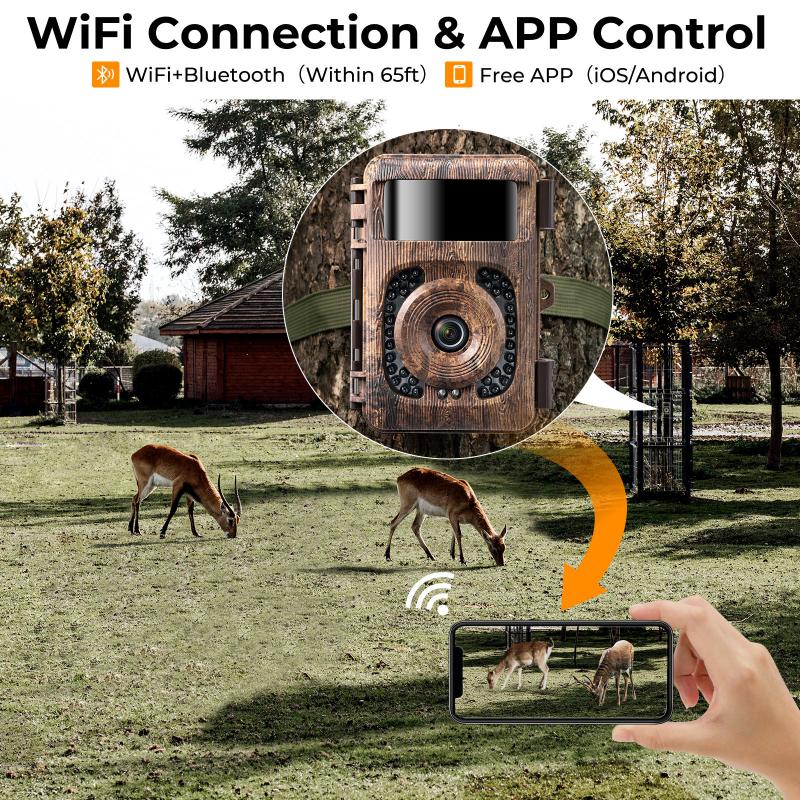
Common problems:
1. Blurry Images: Blurry images can occur due to a variety of reasons such as low light, camera shake, or incorrect focus. To solve this issue, users can try using a tripod or stabilizer to reduce camera shake, increase the ISO or shutter speed to capture more light, or adjust the focus settings to ensure the subject is in focus.
2. Battery Drain: Battery drain can be a common issue with trail cameras, especially if they are left on for extended periods. To solve this issue, users can try using high-quality rechargeable batteries, turning off unnecessary features such as the LCD screen or flash, or using an external power source such as a solar panel or battery pack.
3. Memory Card Errors: Memory card errors can occur due to a variety of reasons such as a corrupted file system or a faulty memory card. To solve this issue, users can try formatting the memory card, using a different memory card, or updating the camera firmware to ensure compatibility with the memory card.
4. False Triggers: False triggers can occur when the camera detects motion or heat from non-target objects such as leaves or branches. To solve this issue, users can try adjusting the sensitivity settings, using a narrower detection zone, or placing the camera in a different location to avoid false triggers.

Product features:
1. High-Resolution Image Sensor: A good quality trail camera should have a high-resolution image sensor that captures clear and detailed images. A minimum of 12 megapixels is recommended for trail cameras.
2. Fast Trigger Speed: A fast trigger speed is essential for capturing fast-moving wildlife. A trigger speed of 0.5 seconds or less is ideal for a trail camera.
3. Long Battery Life: A good quality trail camera should have a long battery life to ensure it can capture images for an extended period. A battery life of at least 6 months is recommended.
4. Infrared Flash: An infrared flash is essential for capturing images at night without spooking wildlife. A trail camera with a no-glow infrared flash is ideal as it won't alert animals to its presence.
5. Weatherproof Design: A good quality trail camera should be weatherproof to withstand harsh outdoor conditions. It should be able to withstand rain, snow, and extreme temperatures.
6. Easy to Use: A trail camera should be easy to set up and use. It should have a user-friendly interface and be easy to navigate. A good quality trail camera should also come with a user manual to help users get the most out of their camera.
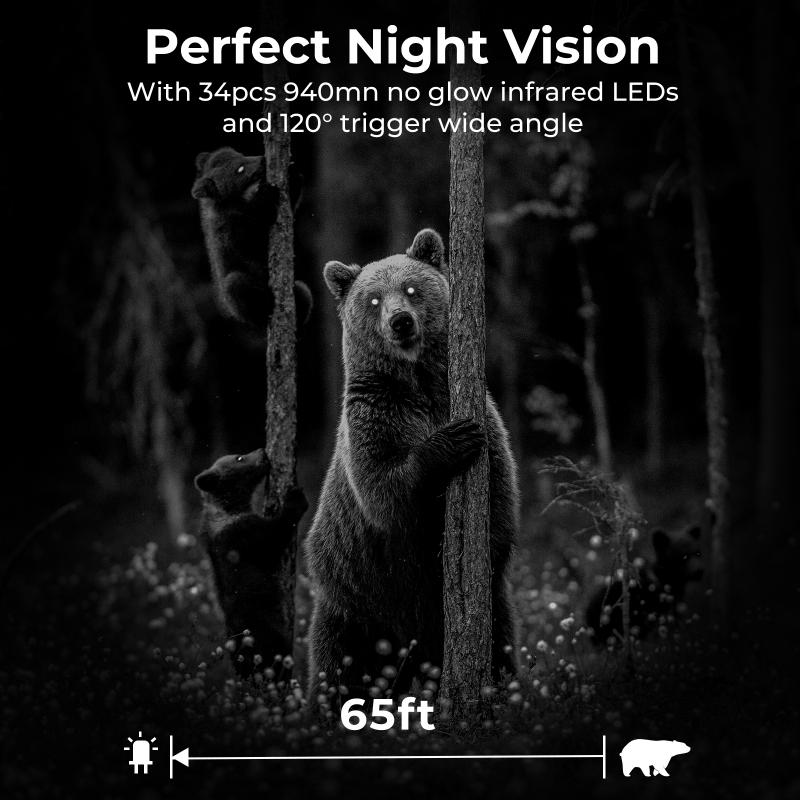
Maintenance:
1. Regularly clean the lens and sensor: A good quality trail camera is designed to withstand harsh outdoor conditions, but it is still important to keep the lens and sensor clean. Dirt, dust, and debris can accumulate on the lens and sensor, which can affect the quality of the images and videos. Use a soft, dry cloth to gently wipe the lens and sensor.
2. Check the battery life: The battery life of a trail camera is crucial for capturing images and videos. It is important to check the battery life regularly and replace the batteries as needed. Make sure to use high-quality batteries that are designed for outdoor use.
3. Protect the camera from the elements: A good quality trail camera is designed to withstand rain, snow, and other harsh weather conditions. However, it is still important to protect the camera from the elements. Use a waterproof case or cover to protect the camera from rain and snow.
4. Test the camera regularly: It is important to test the camera regularly to ensure that it is working properly. Test the camera by taking a few photos and videos and reviewing them to make sure that the quality is good.
5. Service the camera annually: A good quality trail camera is designed to last for many years, but it still needs to be serviced annually. Take the camera to a professional camera repair shop for a thorough cleaning and inspection. This will help to ensure that the camera is working properly and will continue to provide high-quality images and videos.

Related technologies:
1. High-resolution image sensors: The latest trail cameras are equipped with high-resolution image sensors that capture clear and detailed images even in low light conditions. These sensors can capture images with resolutions of up to 20 megapixels, ensuring that you don't miss any important details.
2. Infrared flash technology: Many trail cameras now come with infrared flash technology, which allows them to capture clear images even in complete darkness. This technology uses infrared light to illuminate the subject, which is invisible to the human eye, ensuring that the subject is not disturbed.
3. Wireless connectivity: Some trail cameras now come with wireless connectivity options, allowing you to remotely access the images and videos captured by the camera. This feature is particularly useful for hunters and wildlife enthusiasts who want to monitor their hunting grounds or observe wildlife from a distance.
4. Motion detection: Most trail cameras now come with advanced motion detection technology, which allows them to detect even the slightest movement and capture images or videos accordingly. This feature ensures that you don't miss any important moments, even if you're not physically present.
5. Weather-resistant design: The latest trail cameras are designed to withstand harsh weather conditions, making them ideal for outdoor use. They are built with durable materials that can withstand extreme temperatures, rain, and snow, ensuring that they continue to function even in adverse conditions.
6. Long battery life: Many trail cameras now come with long battery life, allowing them to operate for extended periods without needing to be recharged. This feature is particularly useful for hunters and wildlife enthusiasts who want to monitor their hunting grounds or observe wildlife for extended periods.

Product parameters:
File formats : JPEG/AVI
Loop recording : Support
Acceptance method : APP
Product size : 17.8x15.6x9.7cm
Interface : USB; TF memory card socket
External alkaline battery specification : 8PCS LR6(AA) Battery: 6V
Area of use : unlimited
Operating temperature : -20 - 60°C
Link method : Bluetooth switch camera WIFI
Sleep current : about 0.20mA
- All Reviews
- Image

